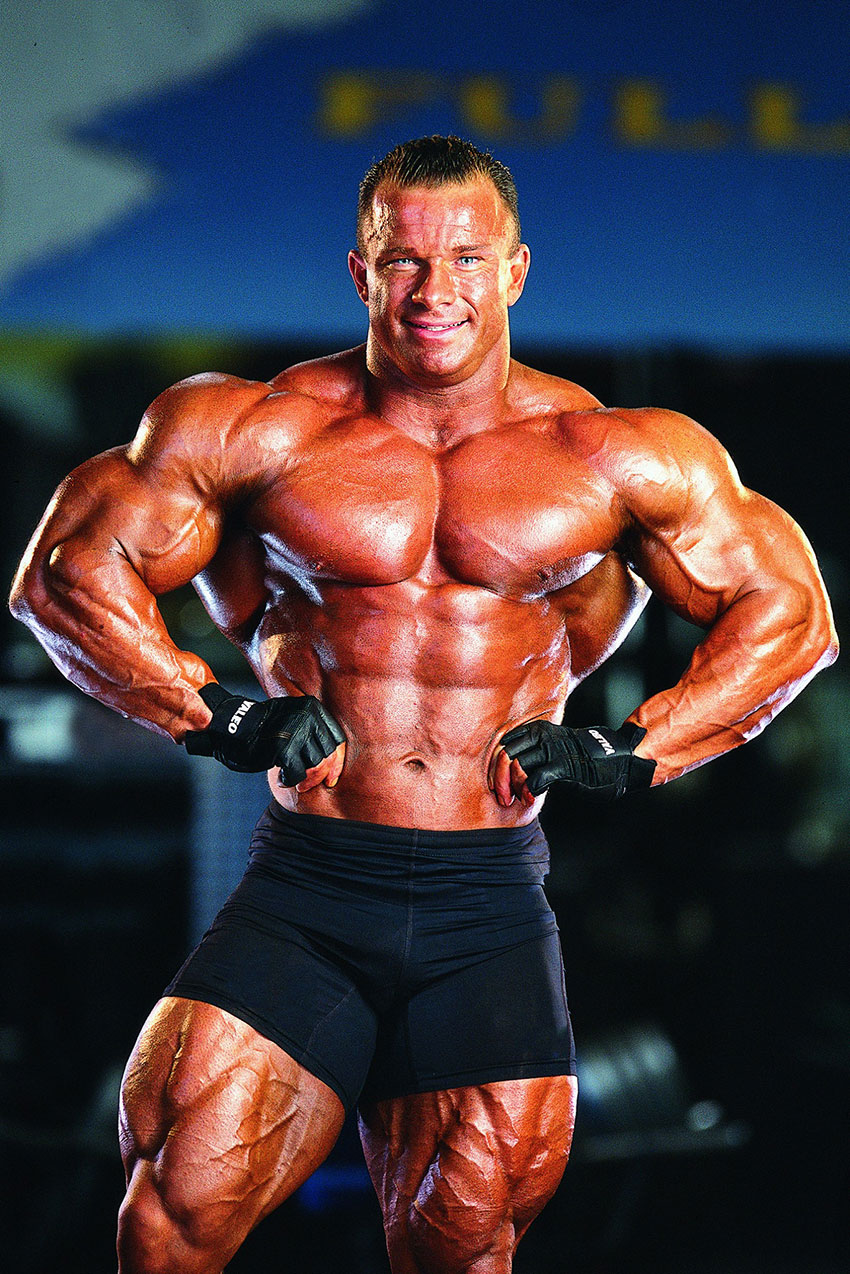

Saying “bulk when you’re lean and cut when you’re big” isn’t especially surprising news. Now, again, you probably know this already. If you’re pretty lean, then it’s more productive to bulk. This simple rule makes it easy to determine whether we want to bulk or cut - if you’ve got a decent amount of excess fat mass, it’s more productive to cut. As you gain fat mass, insulin sensitivity decreases, making it harder to build more muscle. When starting a bulk, you tend to build more muscle if you’re leaner to begin with.

The general rule of thumb is very simple. After a few years of training, you’ll probably need to bulk and cut in order to continue to see serious results. However, as your results begin to quickly slow down the longer you train, recomposition becomes less and less doable, and you’re likely to stagnate. Recomposition is very possible in certain scenarios, especially for beginners, who gain muscle quickly, or for people using vitamin S. Recomposition is the word we use for what happens when we build muscle mass and lose body fat simultaneously, without much change in total body mass - in short, building muscle without bulking or cutting. Many novices don’t really want to go through the effort required. The second most asked question is “do I have to worry about bulking and cutting?” After all, bulking and cutting is a lot of work, and requires big changes in your diet. By keeping your diet tight (eating enough protein) and training hard, you can ensure that you gain as much muscle mass and as little fat mass as possible during the bulking phase, and you can lose as much fat mass and as little muscle mass as possible during the cutting phase. Then, in a cut, you’re losing both muscle mass and fat mass, but ideally more of the latter and less of the former.


A commonly asked question when training for muscle mass is the very simple one: when should I bulk, and when should I cut?Īs you probably already know, a bulk is a period in which you’re purposefully eating more calories than you need, gaining muscle mass but also gaining fat mass in the process.


 0 kommentar(er)
0 kommentar(er)
